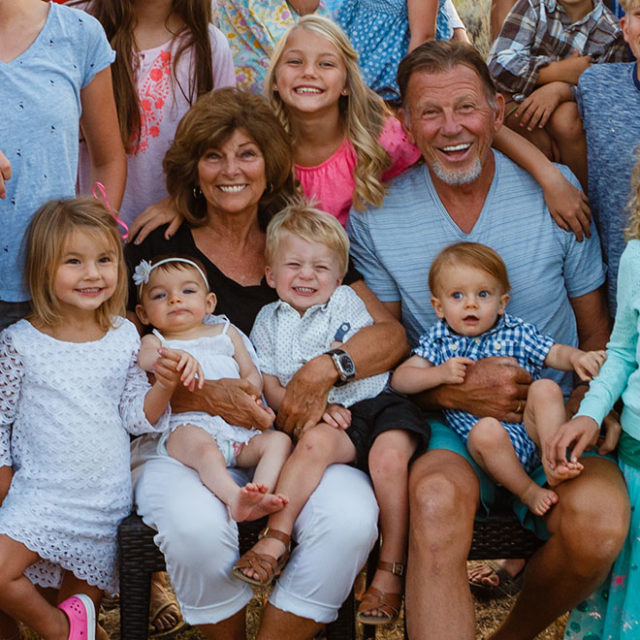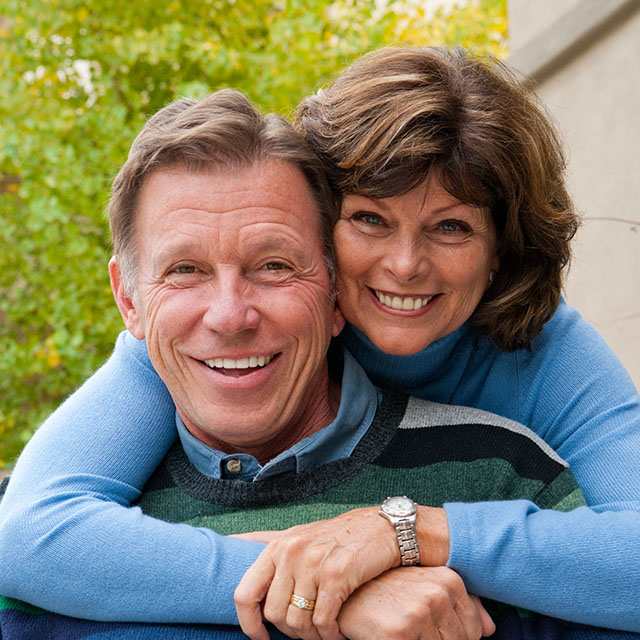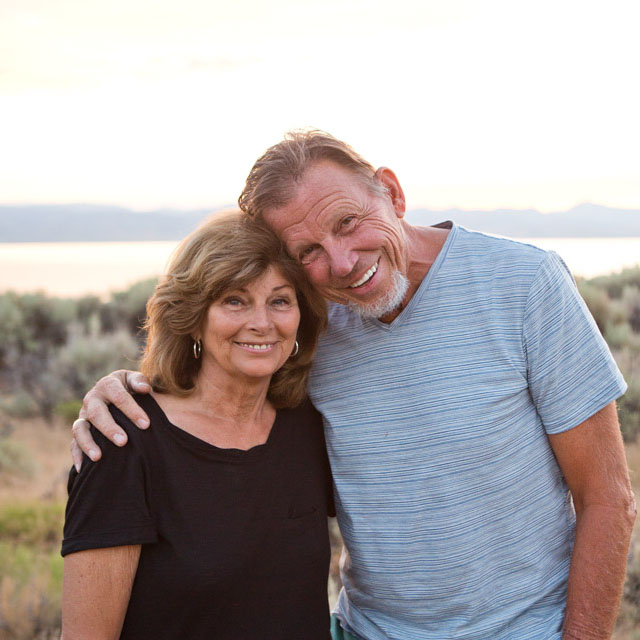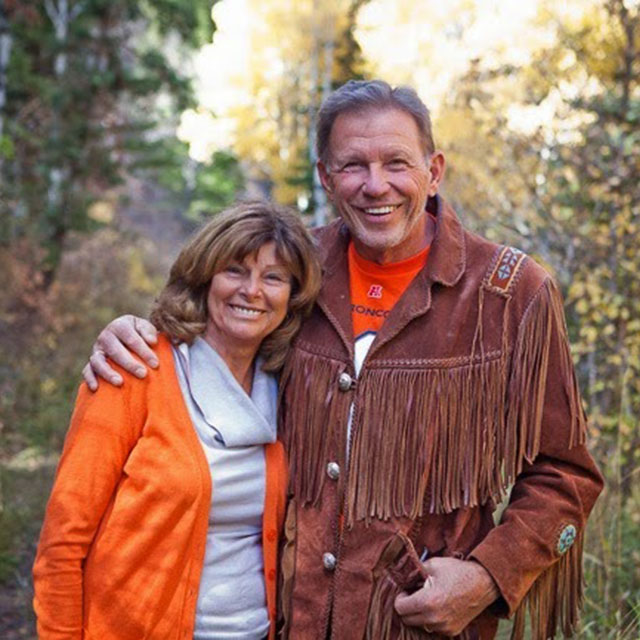
A comprehensive and interactive online 6-month discussion led by Richard Eyre

How to live physically
How to live mentally
How to live emotionally
How to live socially
How to live spiritually
How to live communally (particularly in your family)
Personal Introduction from Richard
Let me start with a concession and an admission: As I close in on the frightening title of “Octogenarian” I am only now feeling like I have truly learned how to live.
How is it that it takes 80 years to move from treading water on the surface of life to deep diving into the clear depths of what our days and weeks and months are really about?
How can I find myself starting the fourth quarter or the fifth set and only now feel like I have my game where I want it to be?
How is it that no one told me, or that scripture and other wisdom did tell me, but I didn’t hear, that there is a paradigm in which life’s purpose as well as life’s joy becomes clear and where we maximize both our identity and our joy?
How does one explain that most of the world, and most of our spiritual siblings who inhabit it, believe that happiness comes from the very things that rob us of it?
How?
“How” is the key word and the key question. How is what we are here to learn. How is what we complicate when we should be simplifying. How is the point and the pivot of this course.
The Second Half
Most of us, by mid-life, have realized that the second half of life is very different from the first half. If the first half is “broadening,” the second half is “contributing.” If the first half is doing, the second half is being. If the first half is Work and Plan, the second half is Watch and Pray, and if the first half is about Achievements, the second half is about Relationships.
The danger is never making the transition and just continuing to live with first-half habits and perspectives. Another danger is trying to make the transition without acquiring the tools that it requires.
Most of those who are attracted to the course are in the “first half of the second half” of their lives, though there are some who are further along than that (never too late) and some who are still in their first half but wanting to make the transition a little early, or at least be ready for it when it comes.
The irony is that most people who do learn how to live the second half learn it late in that second half and don’t have very long to relish it. My core motivation for doing the course is a hope that I can help others learn the paradigm and obtain some of the tools earlier in their second half than I did.
How will the course be taught, and how will I receive it?
 All of the teaching and discussion will take place on the Marco Polo App, among a closed group of registered members and teachers. Once you register as a HTL (How to Live) member, you are included in a Marco Polo group that posts Richard’s ongoing instruction and discussion leadership daily, often multiple times each day, in video form. Content will be sent instantaneously from wherever Richard is and whatever he is doing. And although it will all fit into the general curriculum and sequence of the course as outlined, most of the posts will be spontaneous and serendipitous.
All of the teaching and discussion will take place on the Marco Polo App, among a closed group of registered members and teachers. Once you register as a HTL (How to Live) member, you are included in a Marco Polo group that posts Richard’s ongoing instruction and discussion leadership daily, often multiple times each day, in video form. Content will be sent instantaneously from wherever Richard is and whatever he is doing. And although it will all fit into the general curriculum and sequence of the course as outlined, most of the posts will be spontaneous and serendipitous.
After spending a month on the overview and introduction to the course, Richard will focus for the entire Month Two on all he knows and has discovered about How to Live Physically. Month Three will be How to Live Mentally, etc.
Members can watch and listen to each Marco Polo posting whenever they want, perhaps immediately when it is available, or perhaps when they are in a place (externally and internally) where they feel tuned-in and receptive. Whenever they feel prompted, members can respond verbally and visually right on Marco Polo or by writing in the comments of the accompanying HTL (How to Live) Instagram.
While Richard will often draw from his 80 years of experience and insights*, his posts will never feel like egotistical top-down dispensing of advice; on the contrary, they are offered humbly from one who is a little embarrassed that it took him 8 decades to figure it out.
Richard makes no effort to hide his spirituality or his religiosity, staying totally transparent about what he believes and how it influences him–but you will find that he has a gift for doing so in a way that is inclusive and that allows each HTL member to integrate the ideas and principles into his or her own personal belief paradigm.
Timing and Timetable:
 For the first 9 months of 2024, Richard and his colleagues will be putting the finishing touches on the course. During this time, registration for HTL will be open for FREE, and registrants who sign up as members will be added to the Marco Polo class roll and Richard will occasionally post an update or some kind of preview there. Then, starting the first week of October, general introductory classes will begin and will run up to the week of October 28 when Richard will take a hiatus to celebrate his 80th birthday.
For the first 9 months of 2024, Richard and his colleagues will be putting the finishing touches on the course. During this time, registration for HTL will be open for FREE, and registrants who sign up as members will be added to the Marco Polo class roll and Richard will occasionally post an update or some kind of preview there. Then, starting the first week of October, general introductory classes will begin and will run up to the week of October 28 when Richard will take a hiatus to celebrate his 80th birthday.
HTL members will have the entire month of October to shift their registration and membership from “exploratory” (free) to the full membership (either by paying the full $10,000 fee, or by paying the first monthly $2,000. (Or by applying for a scholarship membership)
In the first week of November we will shift to a new and final full-member HTL Marko Polo group, and Richard will begin Month Two of the course, How To Live Physically.
Why should I get involved in this Course?
That is exactly the question you should be asking.
Because the course is expensive, and it takes a great deal of mental energy. In other words, it costs a lot–both in money and in time and effort.
And Richard is the first to admit that “how-to-live” for him may not be the optimal “how-to- live” for you.
So why invest the time or the money?
Well, consider this: How to live the second half of life maximally and joyfully in our physical, mental, social, emotional, spiritual and communal realms is the core quest of our lives. And the best pursuit of that quest is in learning from others, rather than rediscovering the wheel or trying to figure it all out for yourself. Richard has spent five decades on questions we may just be beginning to ask. So have many of his adjunct associate teachers who will help with the course.
As a New York Times #1 Bestselling Author and Global Speaker, Richard’ lifetime pursuit has taken him to more than 100 countries, put him on most national talk shows, and authored more than 50 books. But his more important qualification is that he is thoughtfully critical of the way most of us live our lives, and believes that the very things we pursue as happiness sources–control, ownership, and independence–are actually the things that block and undermine the joy we were sent here to find.
Backstory
 Richard has essentially been working on the big question of How to Live for four and a half decades, starting with his 1979 book LifePlanning, a book he now thinks got it all wrong. His “apology book” aimed at undoing the presumptions ego-approach of that earlier book is called Lifebalance and was published in 1987, followed by books like Serendipity of the Spirit and Stewardship of the Heart. Then came The Book of Nurturing and LIfe in Full; followed recently by The Turning and The Happiness Paradox.
Richard has essentially been working on the big question of How to Live for four and a half decades, starting with his 1979 book LifePlanning, a book he now thinks got it all wrong. His “apology book” aimed at undoing the presumptions ego-approach of that earlier book is called Lifebalance and was published in 1987, followed by books like Serendipity of the Spirit and Stewardship of the Heart. Then came The Book of Nurturing and LIfe in Full; followed recently by The Turning and The Happiness Paradox.
Speaking about these books has taken Richard and Linda around the world a dozen times, lecturing in more than 50 countries, and landing them on Oprah, Donahue, the Today Show, and virtually every other national talk show. Through it all, Richard claims that he was learning as much as he was teaching…even as he was putting the course How to Live together in his mind.